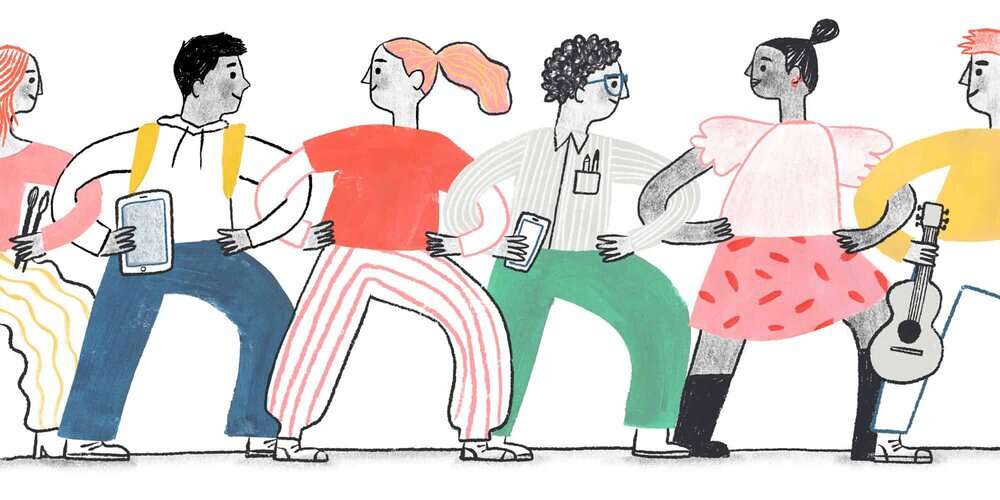Mental Health A-Z
A
B
C
D
E
Chemicals released by the hypothalamus and pituitary gland in response to pain or stress. Endorphins play a role in pain relief and help improve mood and reduce stress.
For more see Endorphins: The brain's natural pain reliever.







